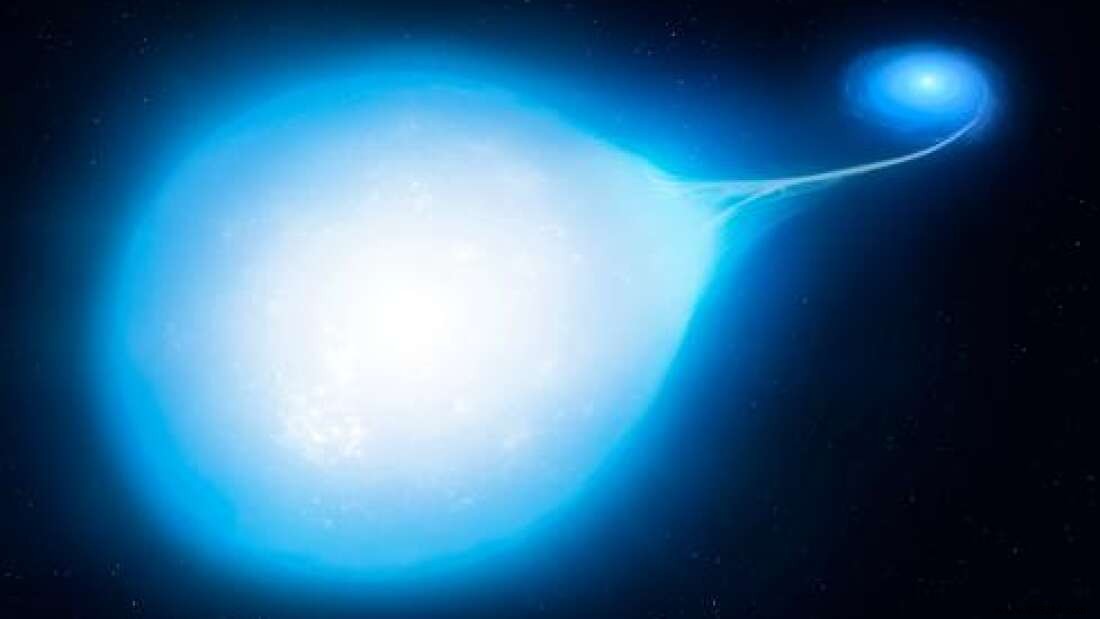A team of astronomers announces the discovery of a Type Ia proto-supernova in our cosmic backyard. Unfortunately, there is no guarantee that there will still be people on Earth to enjoy the fireworks.
A supernova is a star of at least eight stellar masses that dies. Two main mechanisms can produce this type of event. The first results from the implosion of a massive star. We then speak of a supernova with a collapse of heart . The second results from the thermonuclear explosion of a star corpse called a white dwarf initiated by the capture of material dumped by a close companion. This is called a thermonuclear supernova or type Ia . This process therefore involves two objects contained in a binary system.
Astronomers often come across core-collapse proto-supernovas. In contrast, it is much more difficult to spot Type Ia supernovae before they ignite due to the low luminosity of white dwarfs, unless they are very close and the matter transfer process does not occur. has already started. In Nature Astronomy, researchers at the University of Warwick detail the discovery of one such configuration.
The stellar couple is named HD265435 . You will find it about 1500 light years away of the earth. It consists of a sub-dwarf star with a mass about 60% that of the Sun. The object twirls around the white dwarf (about 1% of the mass of the Sun) in an orbit of barely one hundred minutes, regularly "bequeathing" some material to it, hence this "tear" shape initiated by the gravitational field of the white dwarf.
To be sufficiently unstable and end its life as a type Ia supernova, the white dwarf will have to reach 1.4 solar masses . Based on the speed at which these two stars are moving together, the researchers calculated this shouldn't happen for at least about 72 million years . Before that happens, the white subdwarf will run out of enough material to merge and transform itself into a second white dwarf.

This new discovery could also help us solve one of the thorniest problems in cosmology. Besides the spectacular spectacle supernovae provide to anyone close enough to appreciate them, these events indeed also serve as "standard candles", revealing the distance of their home galaxies. It was these "candles" in particular that revealed to us the existence of the dark energy responsible for accelerating the expansion of the universe.
Astronomers nowadays therefore rely on these supernovae to try to map distances in the local Universe . However, we also use other methods to do this, and these different methods give us different results for the expansion rate of the Universe.
Also, "the more we understand how supernovae work, the better we can calibrate our standard candles" , summarizes Dr. Ingrid Pelisoli, lead author of the study. This is very important right now, because there is a gap between what we get with this type of standard candle and what we get by other methods “.